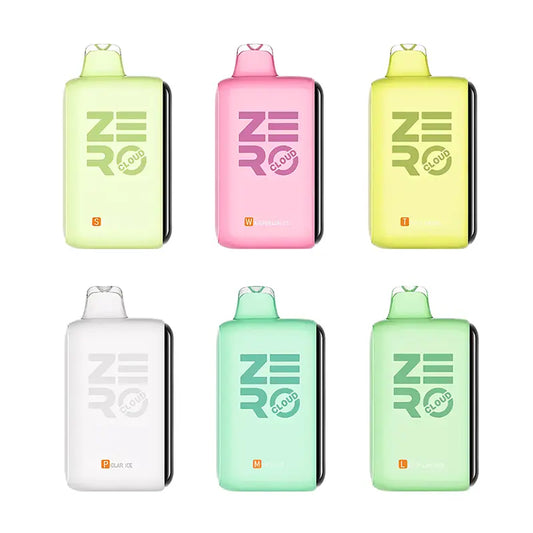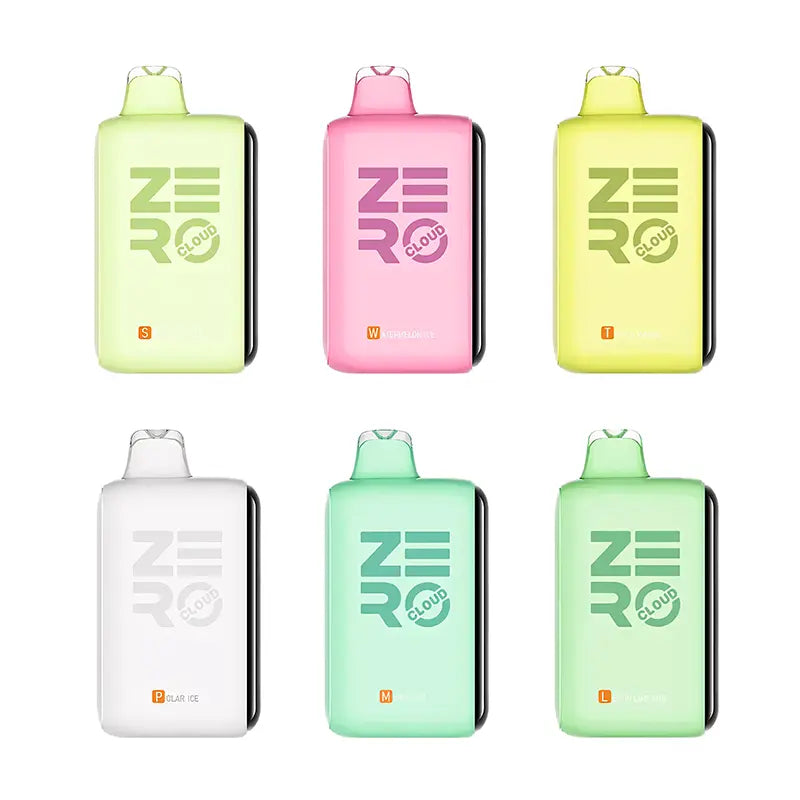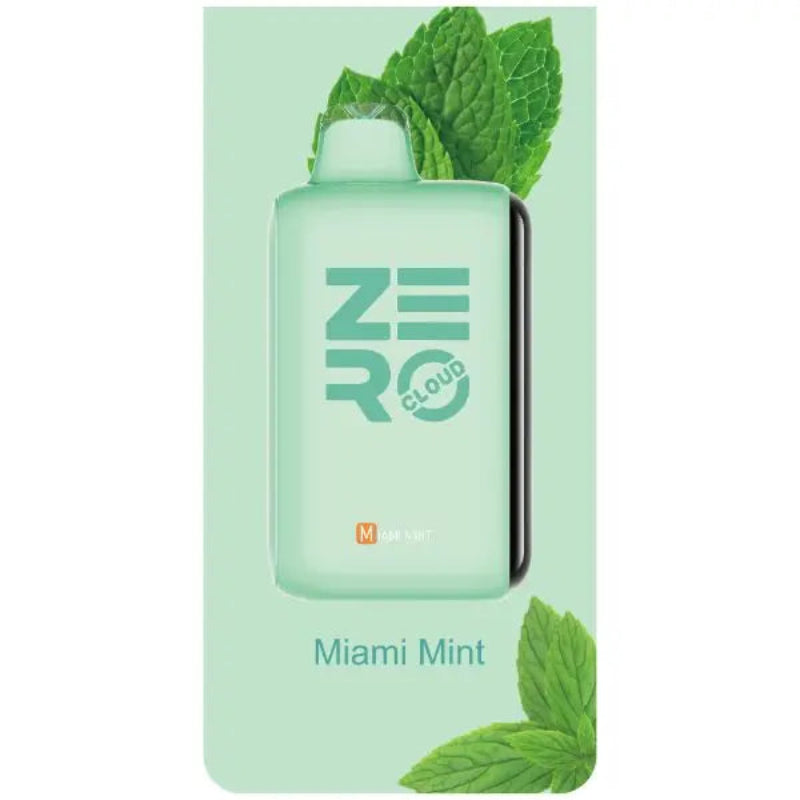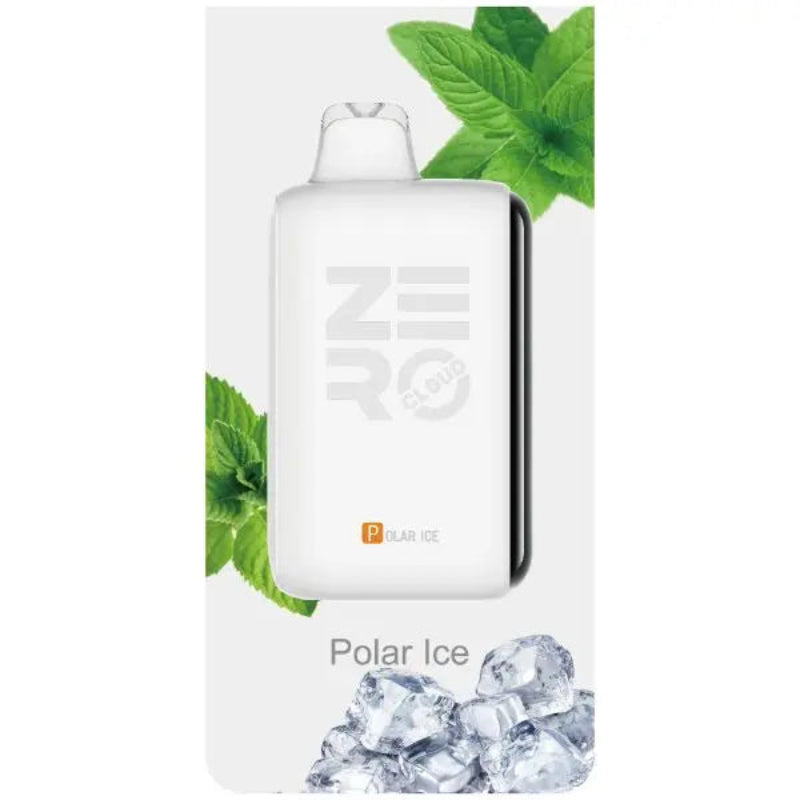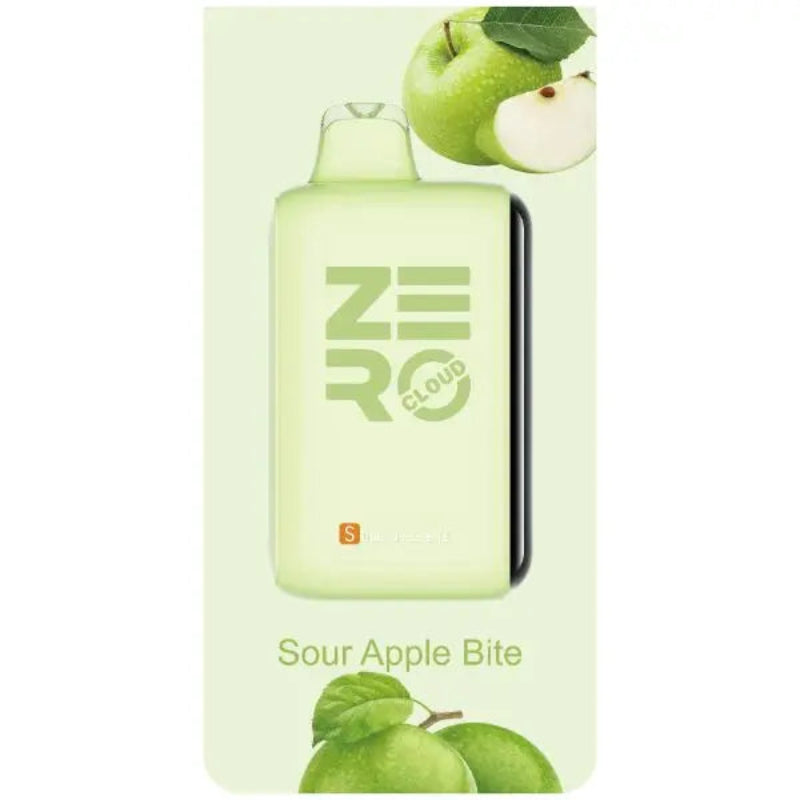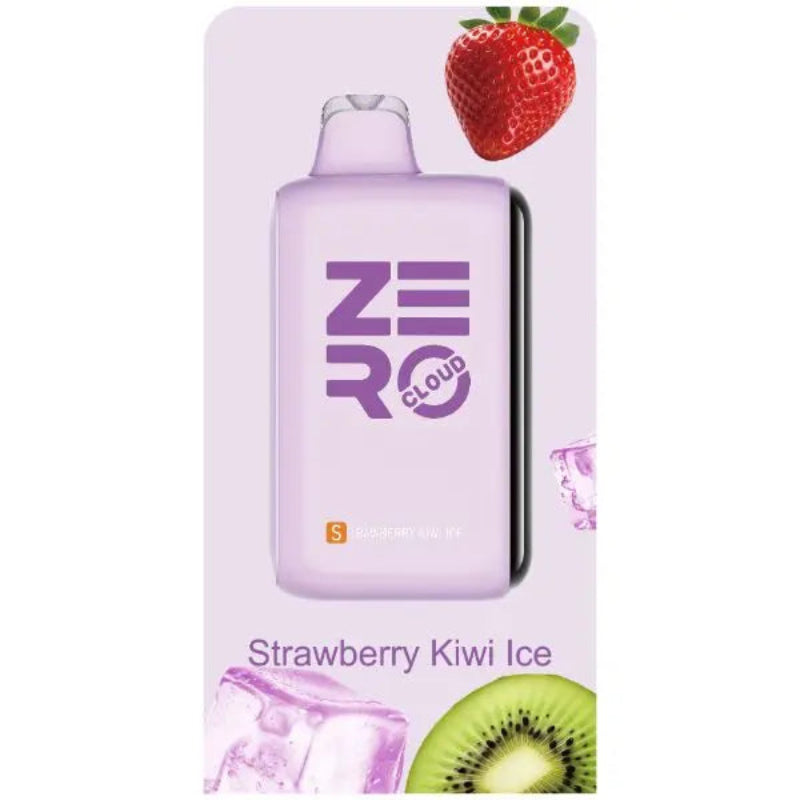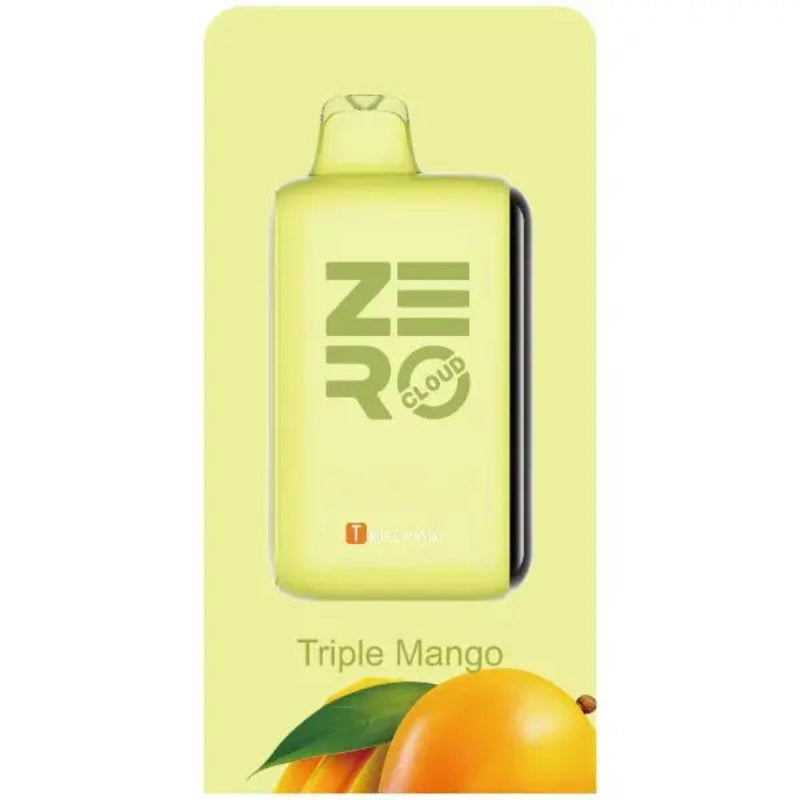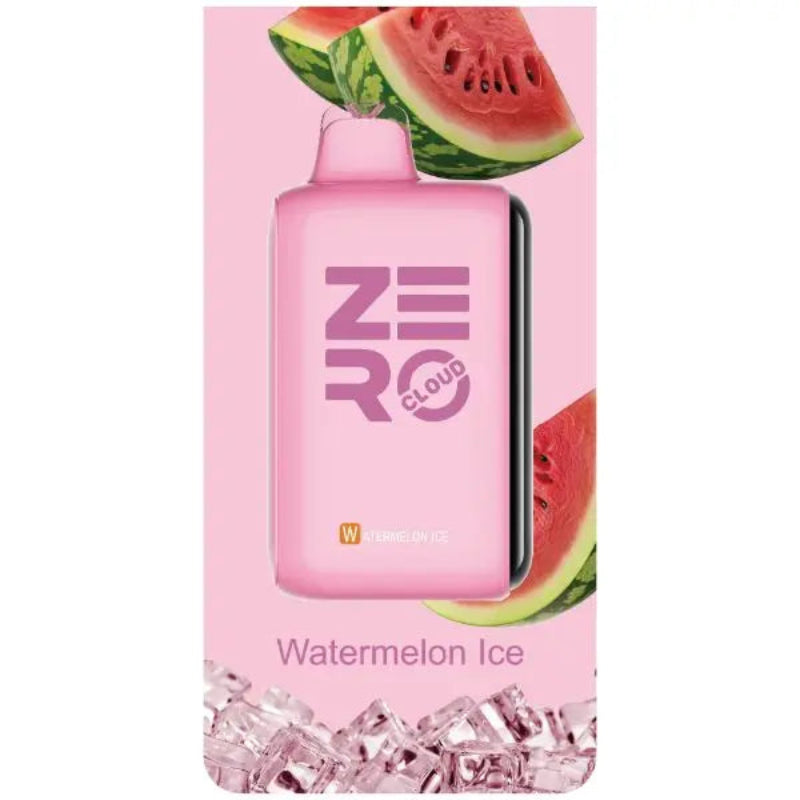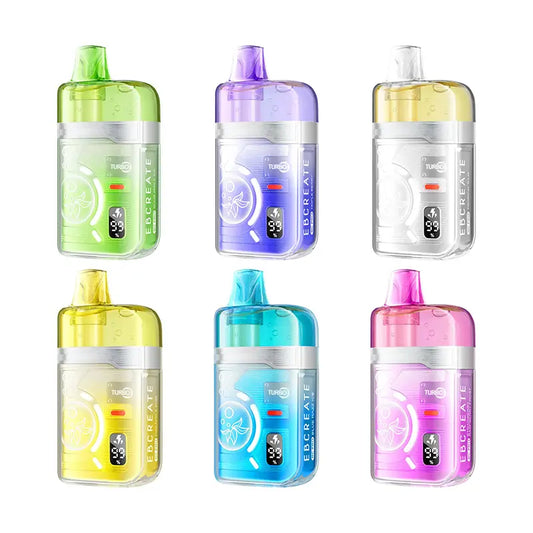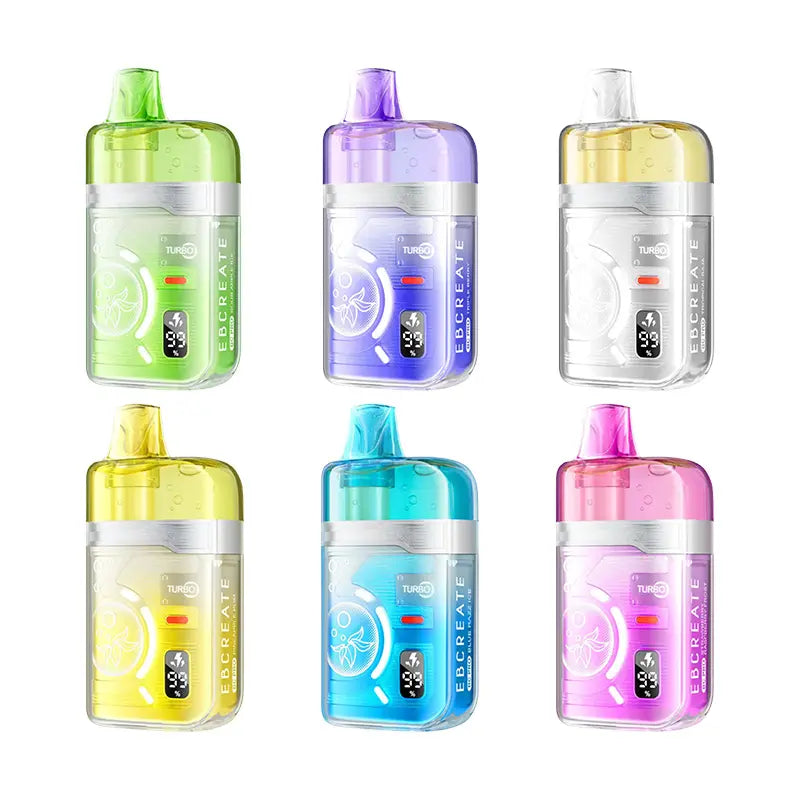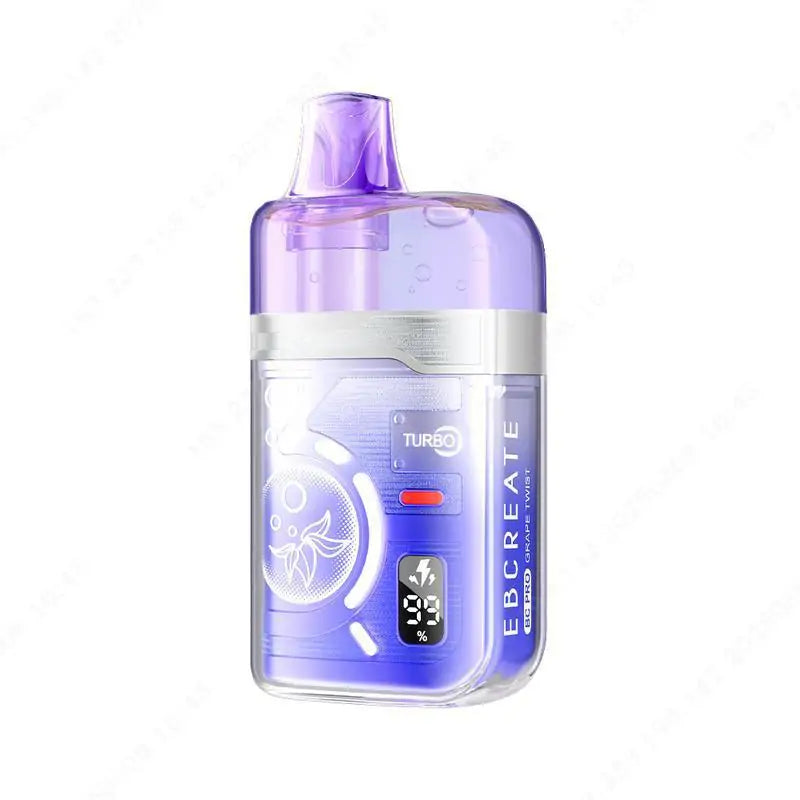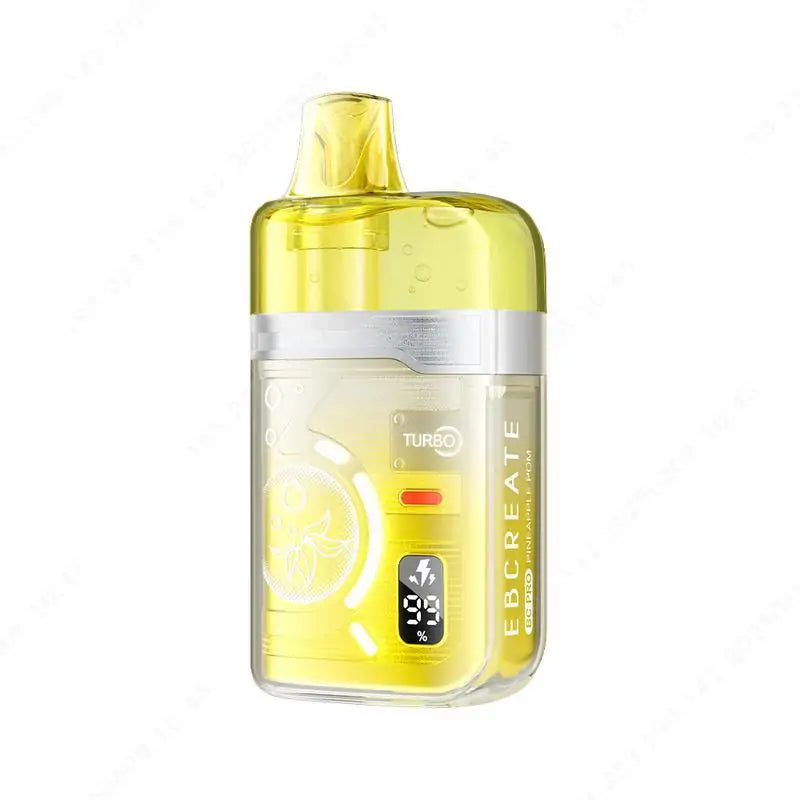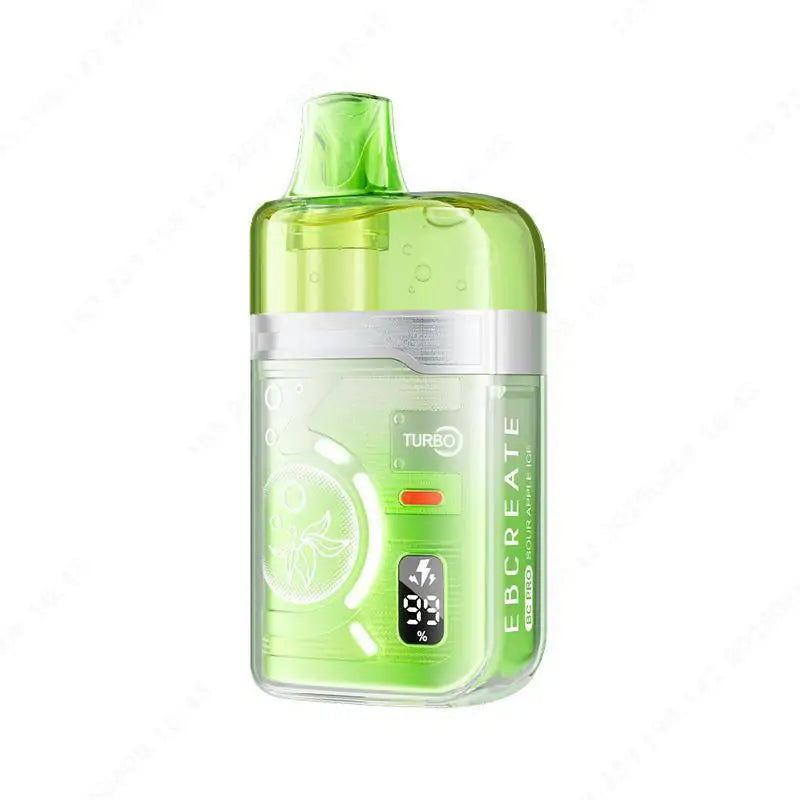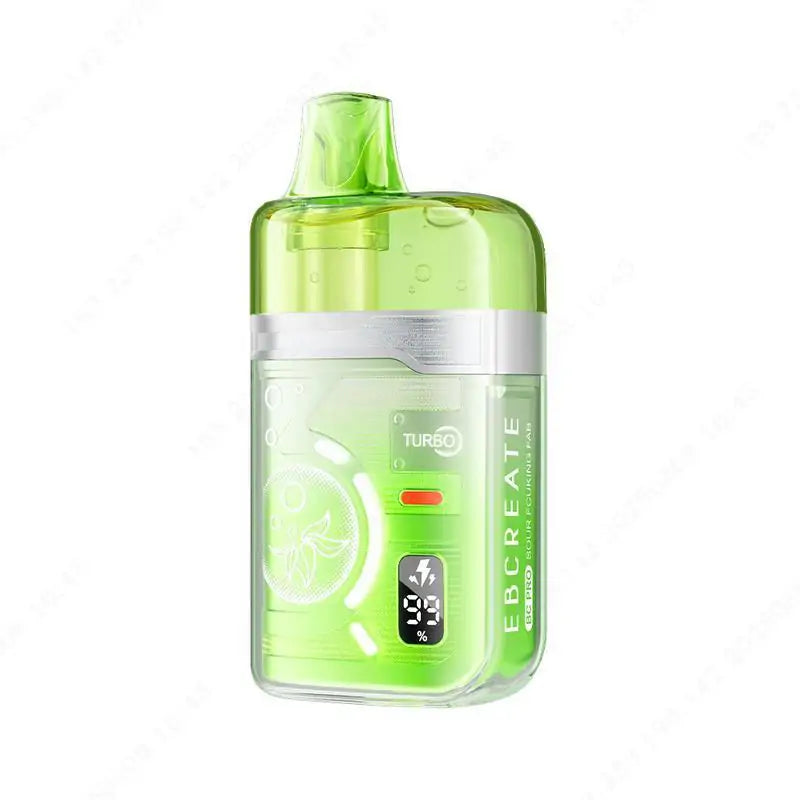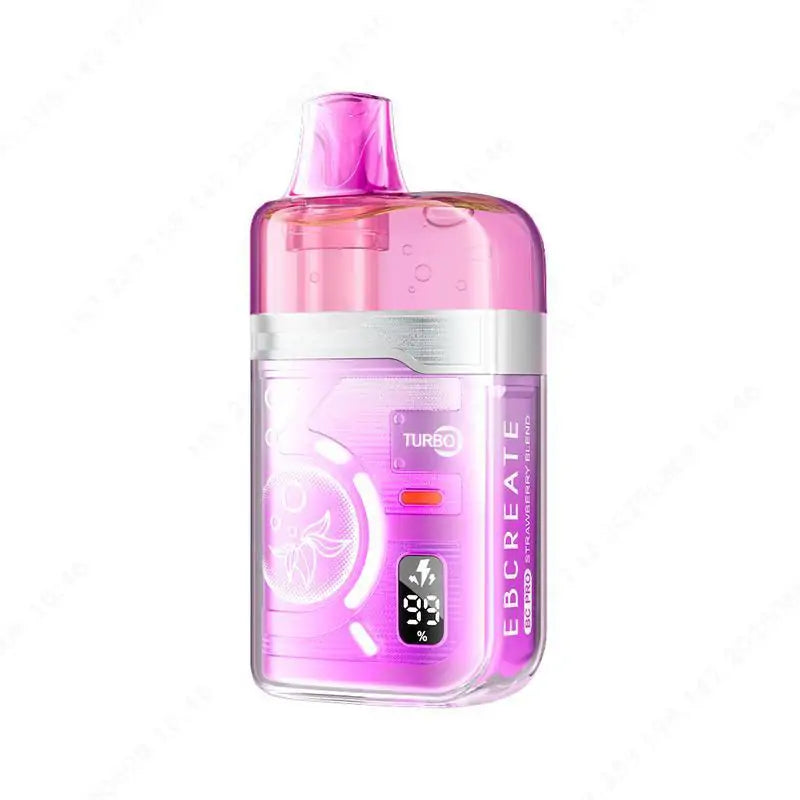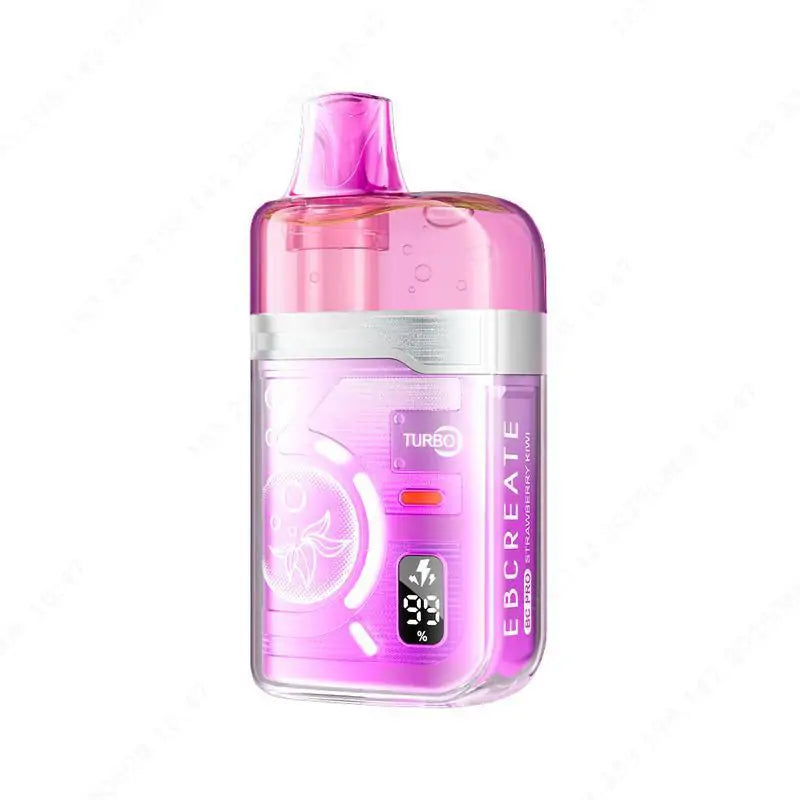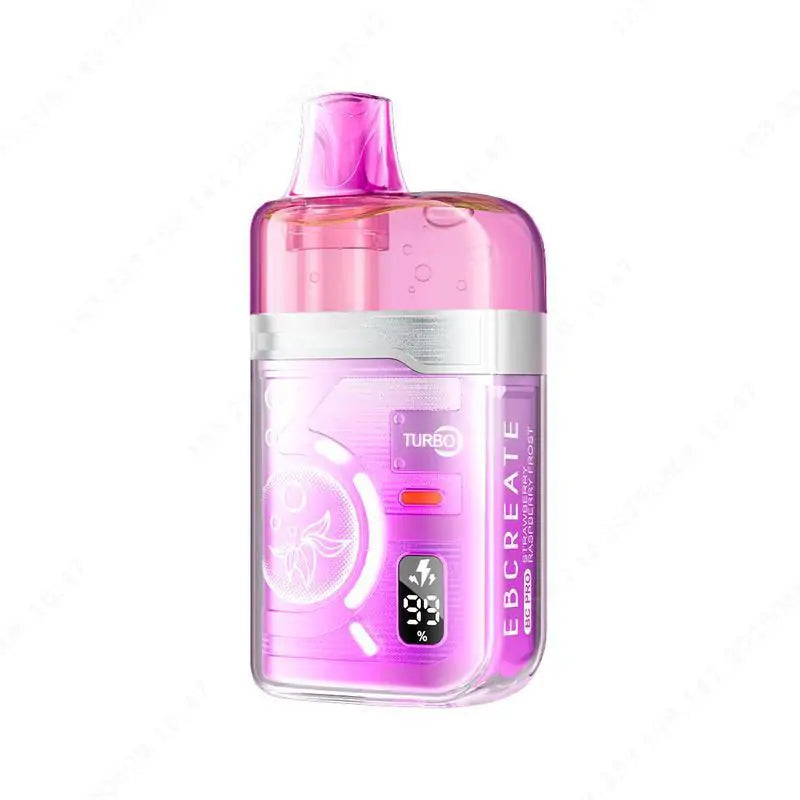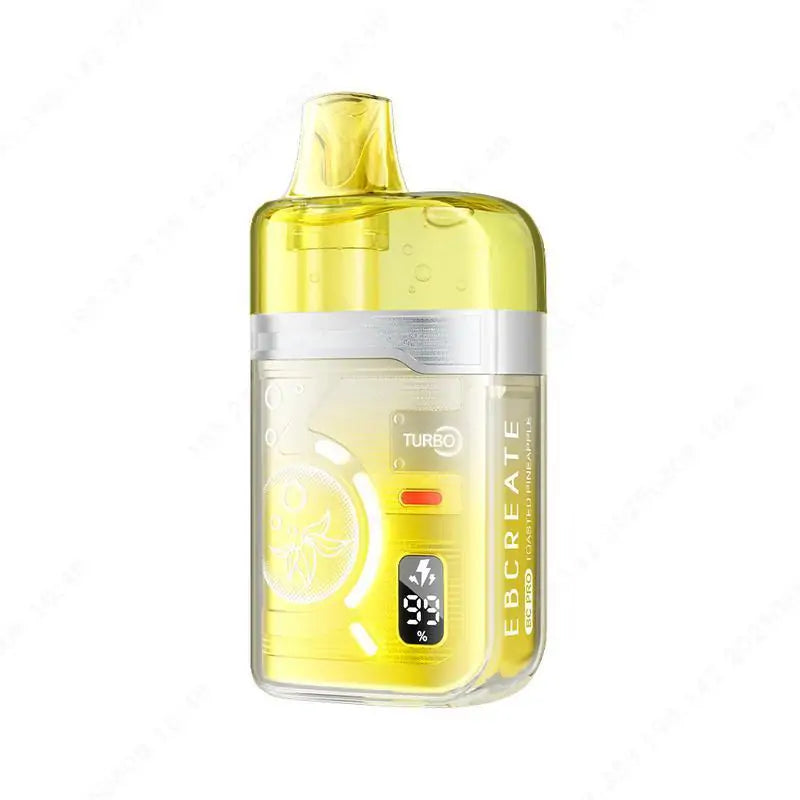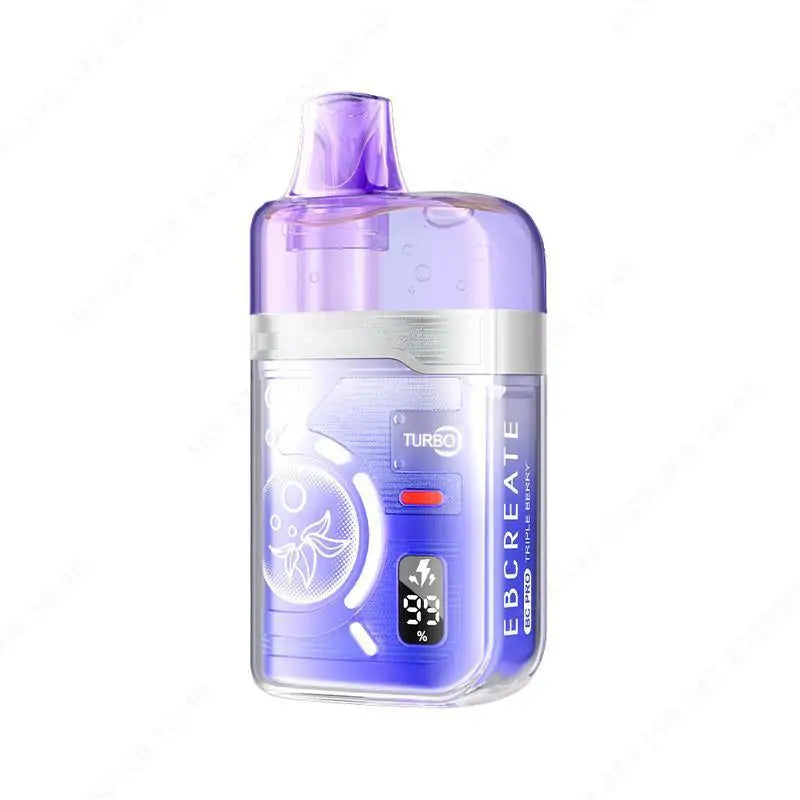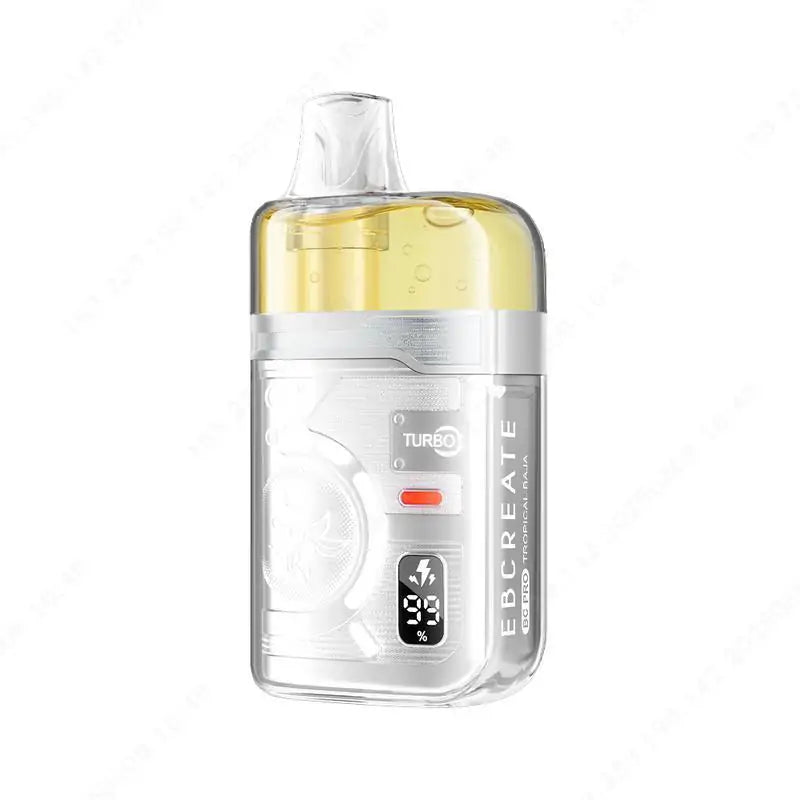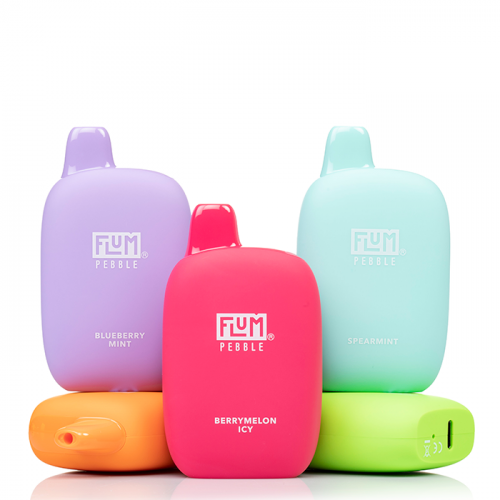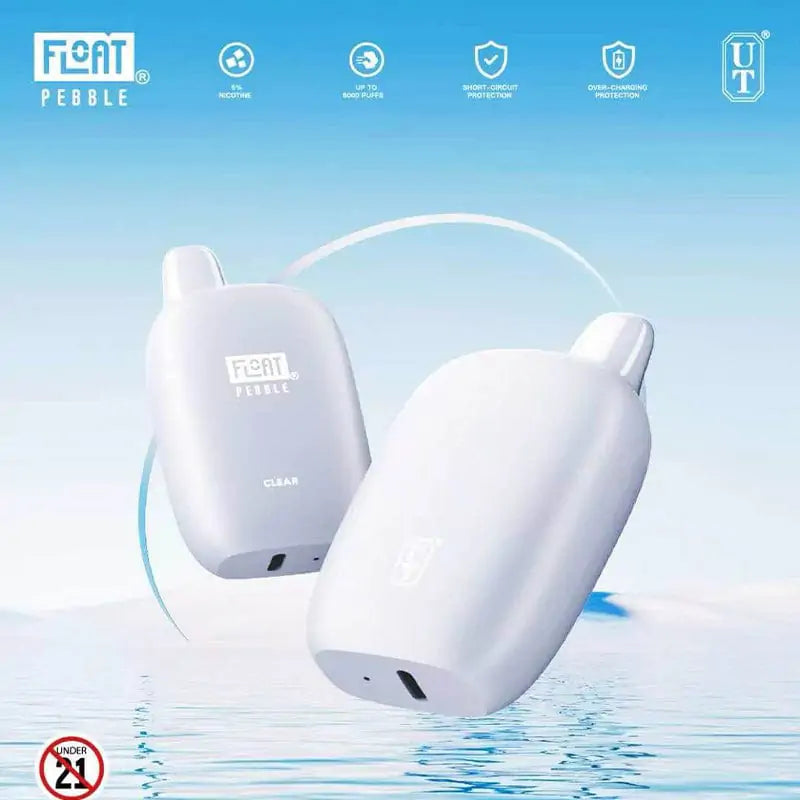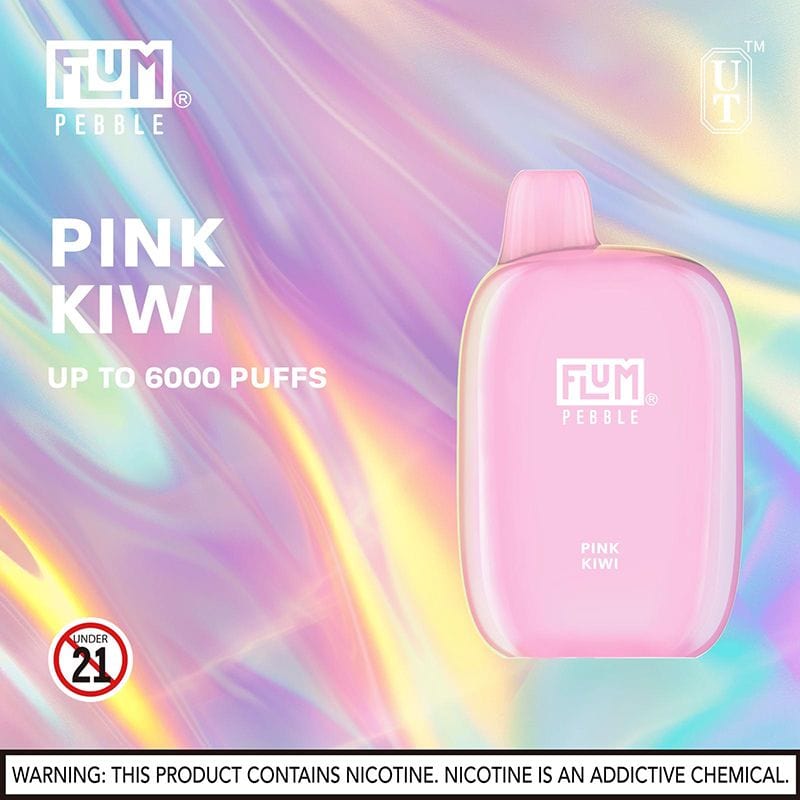You maybe, heard about them in the early 2000s, but vapes have been around since the 1960s. In fact, the first ever record of e-cigarettes was in 1927, in Joseph Robinson’s U.S. patent, describing an electric device for heating fluid to produce a vapor for inhalation. So, the concept of vapes has existed for almost a century, but the act itself – vaping – is relatively new.

For research and knowledge's sake, when were vapes invented? How did they look? And who were the targeted customers? This article delves deep into historic data and timelines to provide an in-depth overview and analysis about vapes (as a device) and vape or vaping (as an act of inhaling vapor through electrically-powered devices—vapes).
What Does Vape Mean?
Vape does have two different meanings: the act of vaping and an e-cigarette device used for vaping.
Vaping refers to the inhalation of aerosolized substances—commonly nicotine—produced by electronic devices known as e-cigarettes or vapes. Unlike combustion in traditional cigarettes, vaping heats a liquid (often called e-liquid or vape juice) with a wick or coil to build vapor, potentially reducing exposure to harmful byproducts such as tar and carbon monoxide.
Since their inception, e-cigarettes have been marketed as smoking cessation aids and harm reduction devices, while also inspiring a vast new consumer culture around customizable devices and flavors.
When Were Vapes Invented?
What we all call vapes are actually classified as e-cigarettes, because they are an electronic alternative to traditional cigarettes.
Precursors and Early Concepts
Joseph Robinson’s 1927 Patent
The earliest recorded concept of an electronic vaporizer traces back to Joseph Robinson’s U.S. patent filed in 1927, which described an electric device for heating fluid to produce a vapor for inhalation. Although Robinson’s intended invention was never commercialized, it introduced the fundamental idea of vaporizing a liquid medium as an alternative to burning tobacco.

However, the absence of portable power sources and limited public interest in smoking alternatives hindered the practical development of such devices at the time. The social acceptance of cigarettes, fueled by strong tobacco industry marketing and consumer habits, further stifled demand for smokeless alternatives—not until the 1960s, when portable batteries became a thing and portable electronic devices started springing out.
Herbert A. Gilbert’s 1963 Patent
Herbert A. Gilbert filed U.S. Patent No. 3,200,819 on August 24, 1963, for a “smokeless non-tobacco cigarette,” envisioning a device that heated a flavored, moist air stream rather than combusting tobacco and paper. Gilbert’s patent outlined a battery-powered apparatus with an electrically heated element to vaporize a flavored liquid, aiming to simulate the smoking experience without combustion byproducts like tar and carbon monoxide.

But, despite the patent’s promise, Gilbert could not secure investment or manufacturing partnerships for these devices, as the technology he envisioned outpaced available battery capacities at the time, and public concerns about smoking were not yet mainstream. So, his design remained a conceptual prototype, largely forgotten until later—almost 50 years later, and it’s now the 21st century.
Hon Lik and the Modern E-Cigarette
In 2003, Chinese pharmacist Han Li (mainly referred to as Hon Lik) sought an effective alternative to smoking after his father’s death from lung cancer and his own heavy nicotine dependency. Drawing upon ultrasonic atomization techniques, Lik developed a device wherein a piezoelectric element generated a fine aerosol from a nicotine-infused liquid, powered by a rechargeable battery.

Hon Lik filed a Chinese patent for his “electronic smoking device” in 2003 and saw it commercialized by Golden Dragon Holdings (Ruyan) in 2004, marking the first mass-produced e-cigarette on the global market. By 2006, Ruyan had expanded distribution to Europe, and by 2007, e-cigarettes were introduced to North America, quickly gaining traction among smokers seeking a perceived safer alternative.
Commercialization and Market Expansion
E-cigarette sales in the United States began around 2007, initially marketed in smoke shops and online. Early “cigalikes” – vape pens – mimicked the look of traditional cigarettes, featuring disposable cartridges and basic battery systems. Although initial uptake was modest, growing health awareness and word-of-mouth recommendations fueled gradual adoption among adult smokers.
By the early 2010s, technological advancements yielded second-generation “clearomizers”—refillable tanks with transparent chambers—and variable-voltage batteries, offering users greater control over vapor production and nicotine delivery. Third-generation “mods” emerged mid-decade, featuring customizable power outputs, removable batteries, and rebuildable atomizers, attracting a niche audience of enthusiasts and hobbyists.
The Modern Evolution
In 2015, JUUL Labs introduced the JUUL device, a sleek pod-based system utilizing nicotine salts in a high-concentration format, delivering rapid nicotine absorption and satisfying cravings with fewer puffs. JUUL’s popularity among adult smokers—and controversially among youth—catalyzed the widespread adoption of pod systems, prompting competitors to develop similar closed-pod platforms.
Today, beyond pod systems, advanced vapes now incorporate temperature control, adjustable airflow, adjustable nicotine delivery, and advanced battery management, enabling personalized vaping experiences. These innovations reflect the industry’s shift from simple smoking substitutes to sophisticated consumer electronics with broad appeal.

The Fed’s Interest
The population and adoption of vapes grew like wildfire that it threatened the big tobacco companies, and suddenly, the feds started coming up with a lot of regulatory bills and sanctions on vaping and vape device manufacturers.
The U.S. Food and Drug Administration (FDA) extended its regulatory authority to electronic cigarettes and all other tobacco products with the Deeming Rule, finalized on May 10, 2016, and effective August 8, 2016. This rule classified e-cigarettes as tobacco products under the Family Smoking Prevention and Tobacco Control Act, imposing age restrictions, manufacturing standards, and premarket review requirements.
Since 2016, the FDA has authorized 34 tobacco- and menthol-flavored e-cigarette products after rigorous scientific review, while numerous flavored products targeting youth have been denied. In 2009, the FDA initially prohibited the import of e-cigarettes under the Food, Drug, and Cosmetic Act by classifying them as drug-device combination products before the Deeming Rule clarified their status.
In July 2024, the U.S. Supreme Court agreed to hear a case regarding the FDA’s denial of flavored vape product applications by Triton Distribution and Vapetasia LLC, highlighting tensions between industry innovation and youth protection.

The Vape Market Size
The global e-cigarette and vape market was valued at $28.17 billion in 2023 and is projected to grow at a compound annual growth rate (CAGR) of 30.6% from 2023 to 2030, driven by perceptions of reduced harm and technological innovation.
Are Vapes the Same as E-Cigarettes?
An electronic cigarette (e-cigarette) is a battery-powered device designed to appear like a traditional cigarette, yet distinctive in design and operation. E-cigs are used to inhale a nicotine-infused vapor. The FDA classifies e-cigarettes as tobacco products under the term “electronic nicotine delivery systems” (ENDS)
On the other hand, the term “vape” originally emerged in the late 1980s and became commonly used in relation to e-cigarettes. In formal lexicons, vape is defined as inhaling and exhaling the vapor from an e-cigarette or similar device. However, the term also serves as a noun—e.g. “Please, help me with the vape.”
Thus, the terms vape and e-cigarette are essentially interchangeable, both referring to electronic devices that heat a liquid—an inhalable aerosol.
What More?
The initial concept of vapes was proposed way back in 1927 by Joseph Robinson, but it only actualized in 2003 when Chinese Pharmacist Hon Lik took on the business. Today, vapes are used everywhere and there are even competitors where vapers come to showcase their puffing skills and perform vape tricks.
If you love vapes, VapingLand is offering a massive sales event that offers up to 64% off vape purchases; this is a perfect event to bank on and evade the imminent surge of vape prices once the US tariff regulations are finalized.




